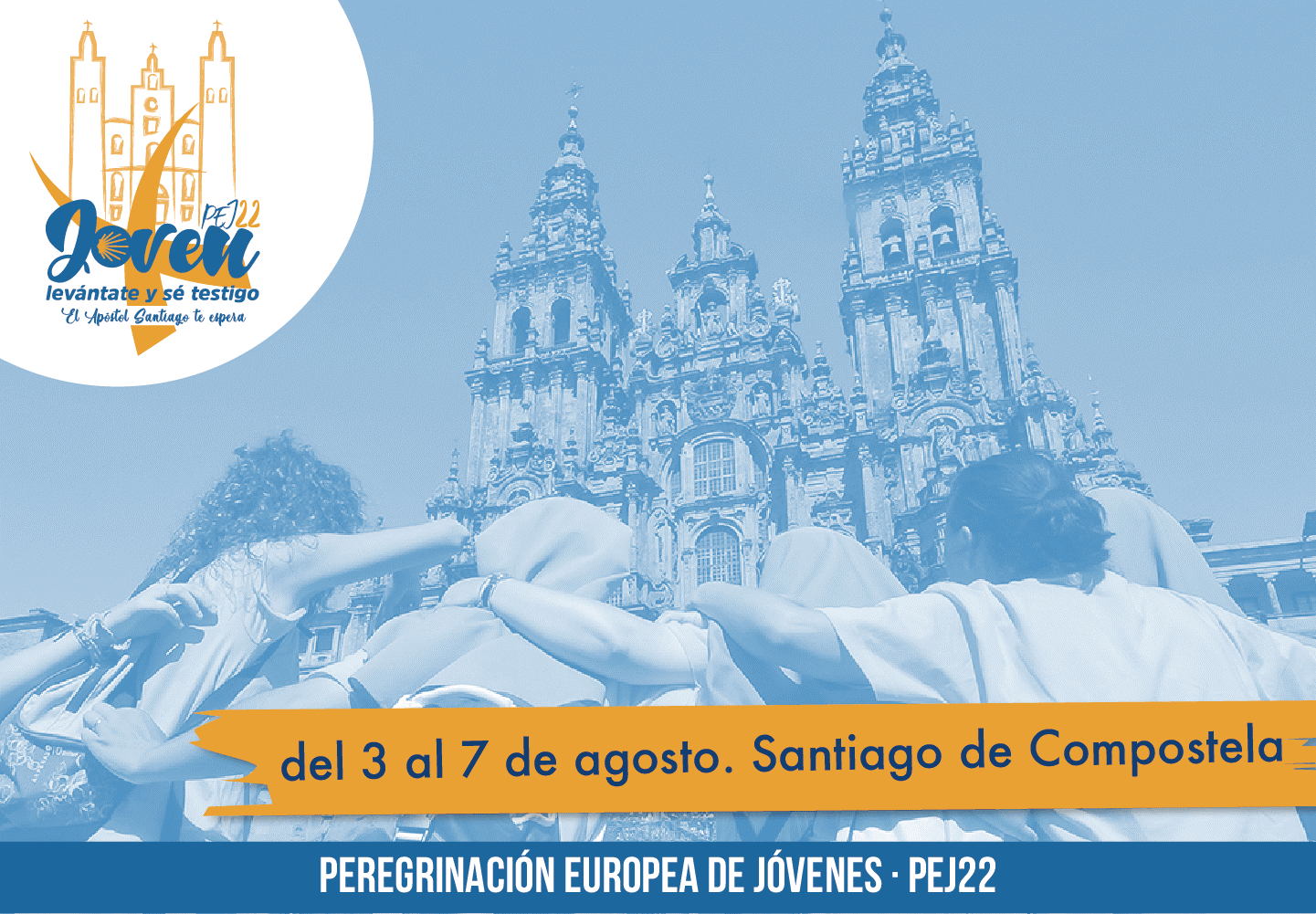
European Youth Pilgrimage to the Tomb of St James of Compostela in search of truth and life
There are many young people who, following in the footsteps of the Apostle James, brother of St John the Evangelist, are searching for truth, for the path, for life, and find themselves beside the lit red candle, beside the Blessed Sacrament. Young people who are willing to let the Holy Spirit unblock the app of selfishness and apathy in them, young people who know that the path that will pull them out of the dead-end streets can only be travelled together with Him.

Photo:www.donnamoderna.com
This year, more than 10,000 young pilgrims from five continents gathered in front of the tomb of James the Greater, Apostle of Jesus in Santiago, in the capital of Galicia, from 3 to 6 August. The mortal remains of the Apostle are kept in the majestic cathedral built over the centuries for this purpose, and is the final stop on the Way of St James to Santiago de Compostela.

Photo: https://totapulchra.news
The name of the city is derived from James the Greater, apostle and martyr of Christianity (who died and was buried in Jerusalem and whose remains, according to legend, miraculously reached Spain by sea), while the term Compostela (or Campostela, in Latin campus stellae) means field of the star.
Since St John Paul II celebrated World Youth Day (WYD) in Santiago de Compostela in 1989, every Holy Year, i.e. every time 25 July, the feast of St James, falls on a Sunday (this year is holy due to an extension of the previous one because of the pandemic), a European Youth Pilgrimage is celebrated. This year it is EYP22.

Photo: www.multimediatravel.com
On 23 October 1987, the Council of Europe recognised the importance of the religious and cultural routes that cross Europe to reach Santiago de Compostela by declaring the route a ‘European Route of Devotion’. Two years earlier, UNESCO recognised it as a World Heritage Site.
